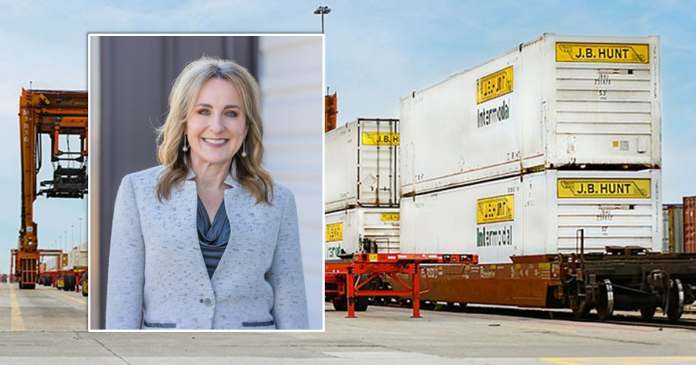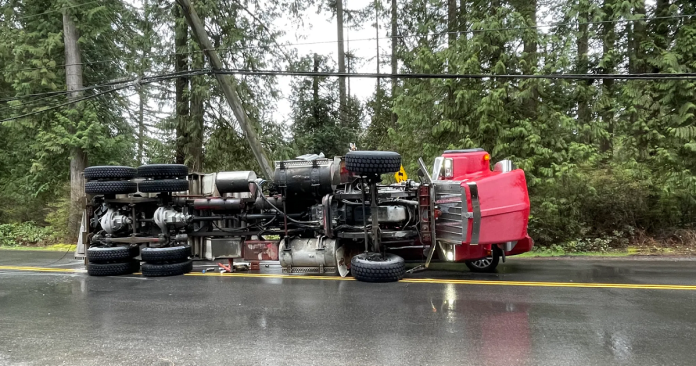A few days ago, we surveyed our more than 298,000 followers to determine the criteria these workers rely on when searching for a truck driving job. Choosing the right transportation company for a truck driving career involves more than just financial considerations; it includes a variety of factors that differ from one individual to another. Here are the conclusions of our survey, aimed at helping you select a company that meets your needs and expectations, based on the criteria most frequently cited by drivers themselves.
Respect and Quality of Work Life
Respect for personal hygiene and space, including the assignment of a dedicated truck, is a critical criterion for many drivers. The cleanliness of facilities and how employees are treated by dispatchers and managers also play a significant role in choosing a company. A respectful work environment and a positive team atmosphere are often valued more than the salary itself.
Financial Conditions and Benefits
Naturally, compensation remains a decisive factor. Drivers look for companies that offer fair, competitive wages, including paid overtime and substantial benefits such as insurance and possibly a pension plan. The quality and maintenance of vehicles are also considered important, underscoring the significance of this aspect.
Schedules and Flexibility
Flexible working hours and the ability to return home nightly or maintain a work-life balance are crucial for many drivers. This includes more predictable schedules than in the past and the company’s ability to respect agreed-upon availabilities. Drivers no longer want to be asked to exceed what was initially agreed upon in their contract, nor to be coerced into doing so.
Type of Work and Equipment
The nature of the work, whether it involves local or long-distance routes, and the type of truck provided are also important factors. Some drivers prefer specific trucks or modern, well-maintained equipment.
Company Culture and Recognition
A company culture that values and recognizes drivers’ contributions and creates a family-like environment where every employee is treated with dignity and respect is highly valued. Drivers need to feel appreciated and part of a community to fully thrive in their profession.
Finding the right job in transportation requires taking the time to reflect on what is most important to you. With each driver having different needs and expectations, it is essential to compile a list of your priorities to find the company that best meets them.























